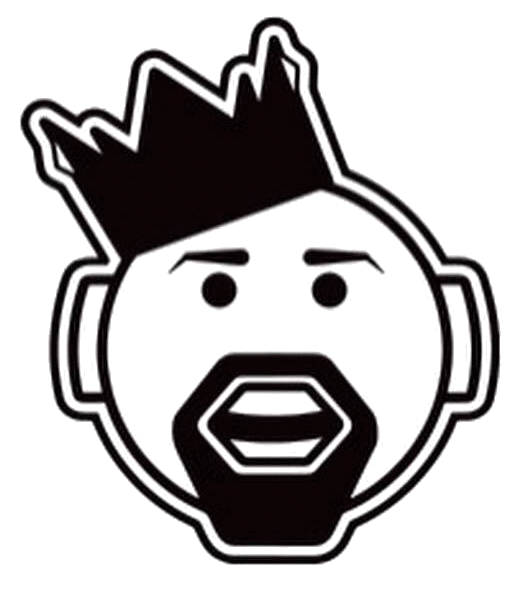Spike Lee—an African American filmmaker from Brooklyn, NY—is known for setting fashion trends, controversy, his love of the New York Knicks, and strong films. Unfortunately, even though it was profitable at the box office, School Daze (1988) is not considered one such film. School Daze contains elements of a musical, a drama, and a comedy rolled into a medley. Lee himself affirms this, ”School Daze isn’t really a musical piece. But it’s not a comedy or drama either. School Daze is a complex hybrid of all the above. It’s hard to describe in a sentence” (Patterson 91). The fact that it does not stick to one style or genre makes its narrative difficult to follow. Though a portion of its message is to “uplift the race”—and to bring attention to Apartheid, a system of legal racial segregation that once existed in South Africa—this message is easily lost in frat house tomfoolery and dorm room lust. Despite critical mauling, and the threat of loss of funding, Spike Lee created a narrative of the historically black college experience that cemented his reputation as a tough skinned director who was willing to take risks in expressing his ideals of intrarace discrimination, and achieving his goal of critiquing the African American community during an important moment in its history. This work will address the poetics of Spike Lee’s School Daze, along with the elements of self-hatred, race, and class in the film.
Coming off the surprise success of She’s Gotta Have It, Spike Lee was poised and ready to begin a second project. He proved in his initial effort that he could negotiate financial setbacks, turn a profit and draw black audiences. Things were so financially bleak on the set of the film, Lee recycled soda bottles to raise funds for the film’s completion. Undeterred by the impediment, Lee would go on to make $8 million domestically with School Daze (Aftab 61). The film’s domestic take home is even more impressive once one considers it had a shoestring budget of only $175,000. “SGHI” was also unique because it was a crossover hit as well, drawing in movie-goers outside of the African American community. These patrons viewed the film as a comedy, due to the antics of Lee’s breakout character Mars Blackmon. While reflecting on his initial film success, Lee stated, “I truly believe I was put here to make films, it’s as simple at that” (Lee 17). Quietly, Lee was carving out a niche for himself in the film industry. During this period, Lee was billed as the leader of contemporary African American cinema (Antonio 1). As a result, he began to dream of finally having a real budget and bringing his next screenplay, School Daze to life.
School Daze was set to be released by Island Pictures with a budget of $4 million. However, Lee found out quickly that this would not be the case. On Monday, January 19, 1987, he received a late night phone call from Laura Parker—VP at Island Pictures—that brought the somber news of Island deciding not to do the movie. “I couldn’t believe it. I’m awake, I thought, I’m not dreaming. This can’t be happening. Laura explained that she tried to talk to the group but it didn’t work. I thanked her, hung up the phone, turned over, and went to sleep, good night” (Lee 19). Showing “grace under fire”, Lee didn’t allow his project to be homeless for long. The next day, he made contacts at Columbia Pictures who agreed to do the movie. As a result, the production start date was only delayed by one week. Lee successfully secured financing and distribution for his second film.
Though many of Lee’s films have spawned controversy, School Daze was controversial for different reasons. The film details the Homecoming weekend of Mission College, a Historically Black College (HBCU) in the South. Initially, Lee was granted permission to film on the campus of Morehouse College in Atlanta, Georgia. This was an especially proud moment for Lee because he was a third generation graduate of Morehouse. However, the relationship between School Daze and Morehouse would not last long.
Lee began shooting School Daze in early 1987. Yet, after three weeks of shooting, Lee and his film were kicked off campus....


